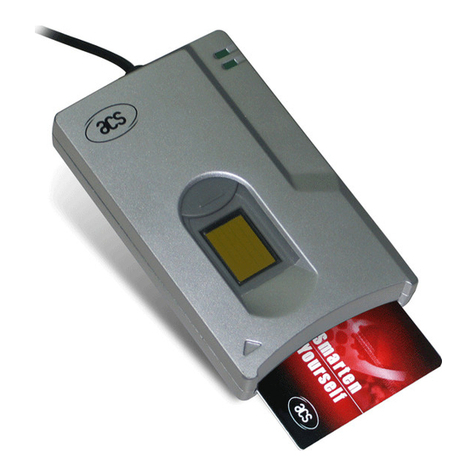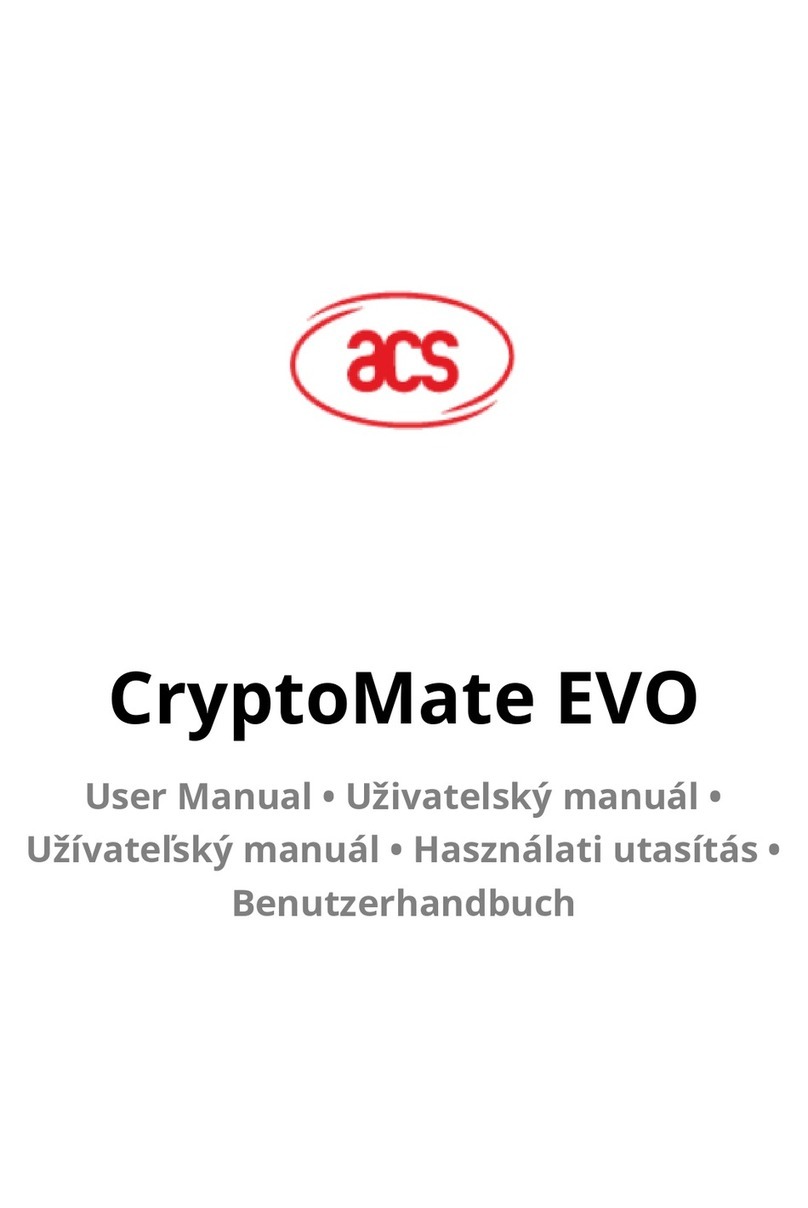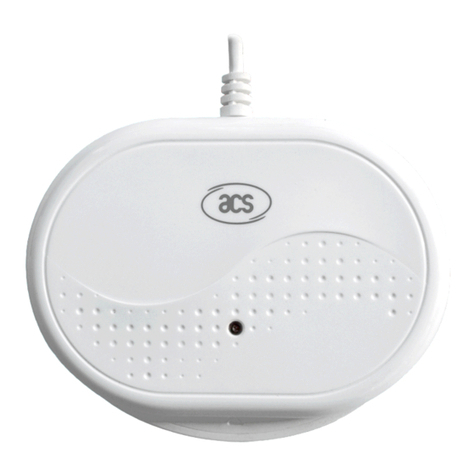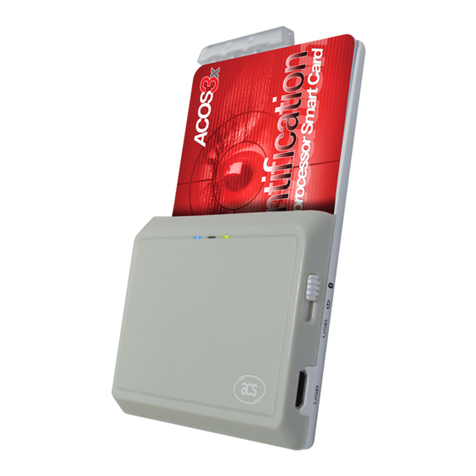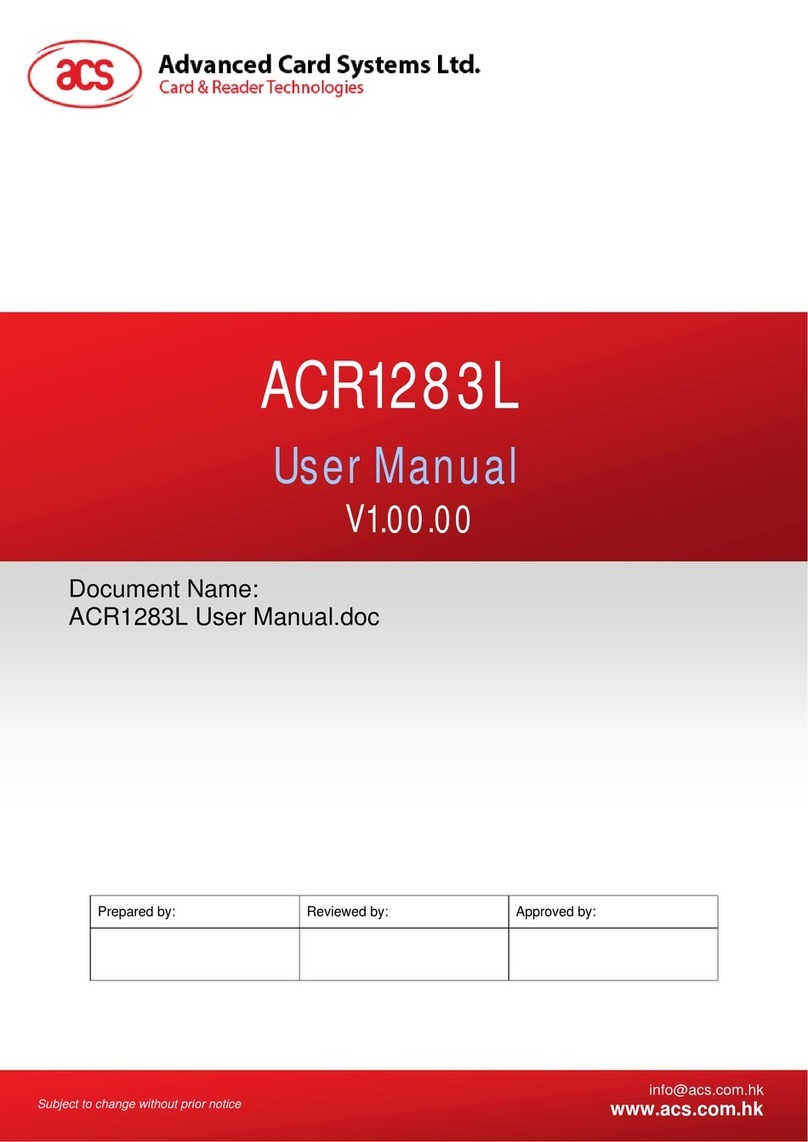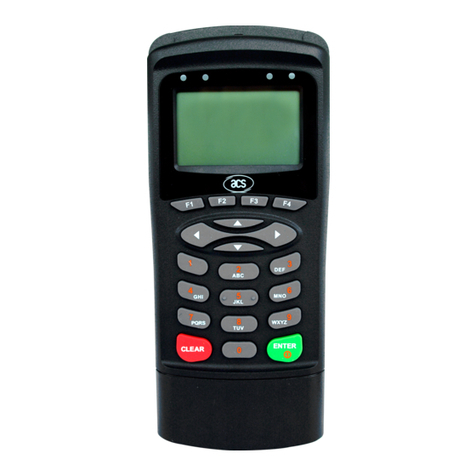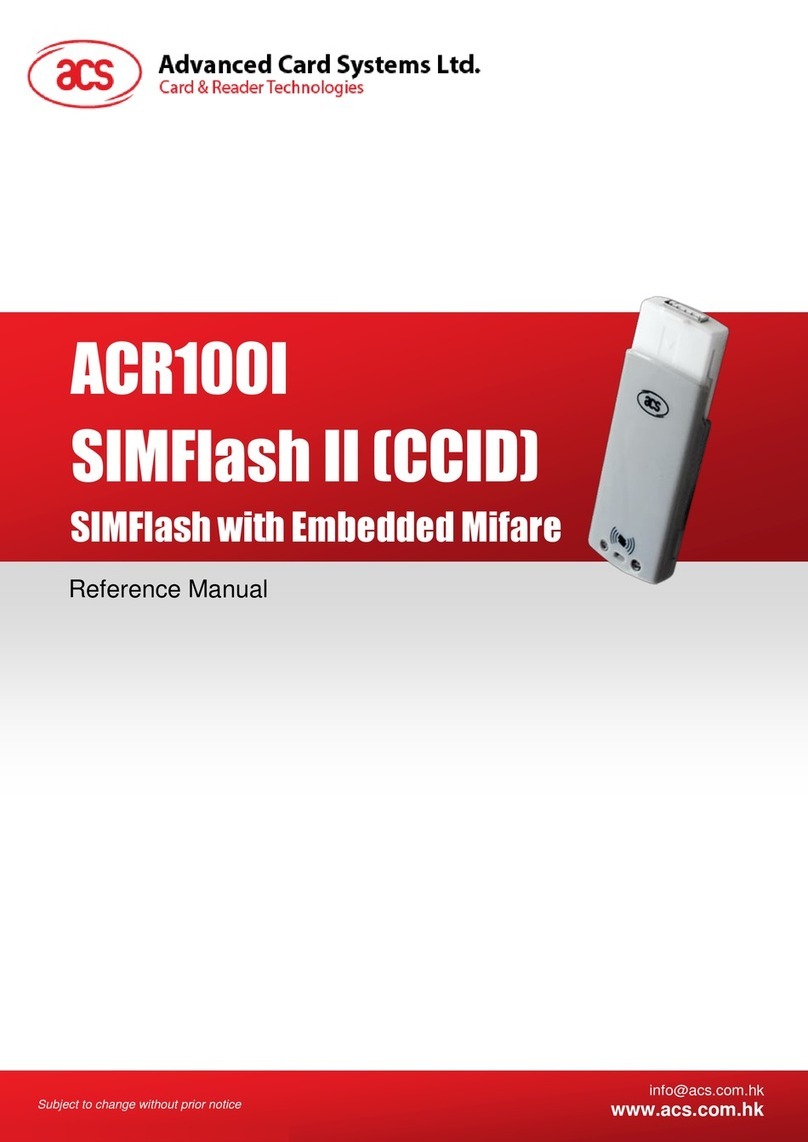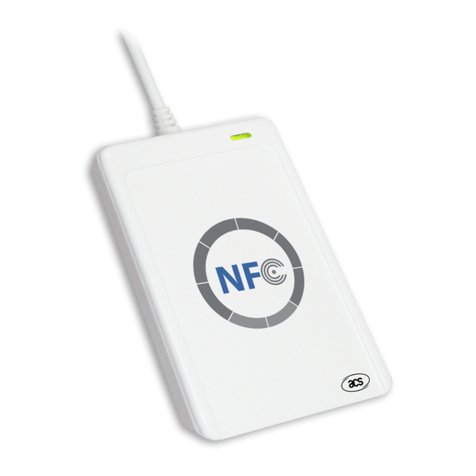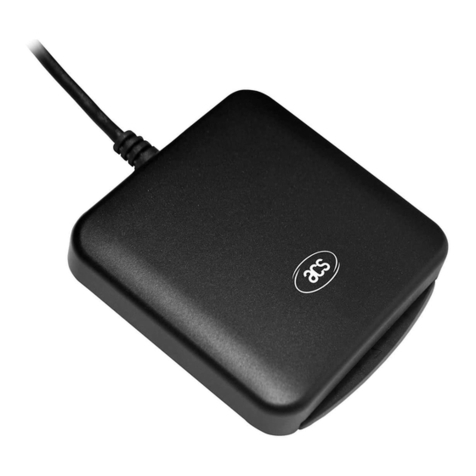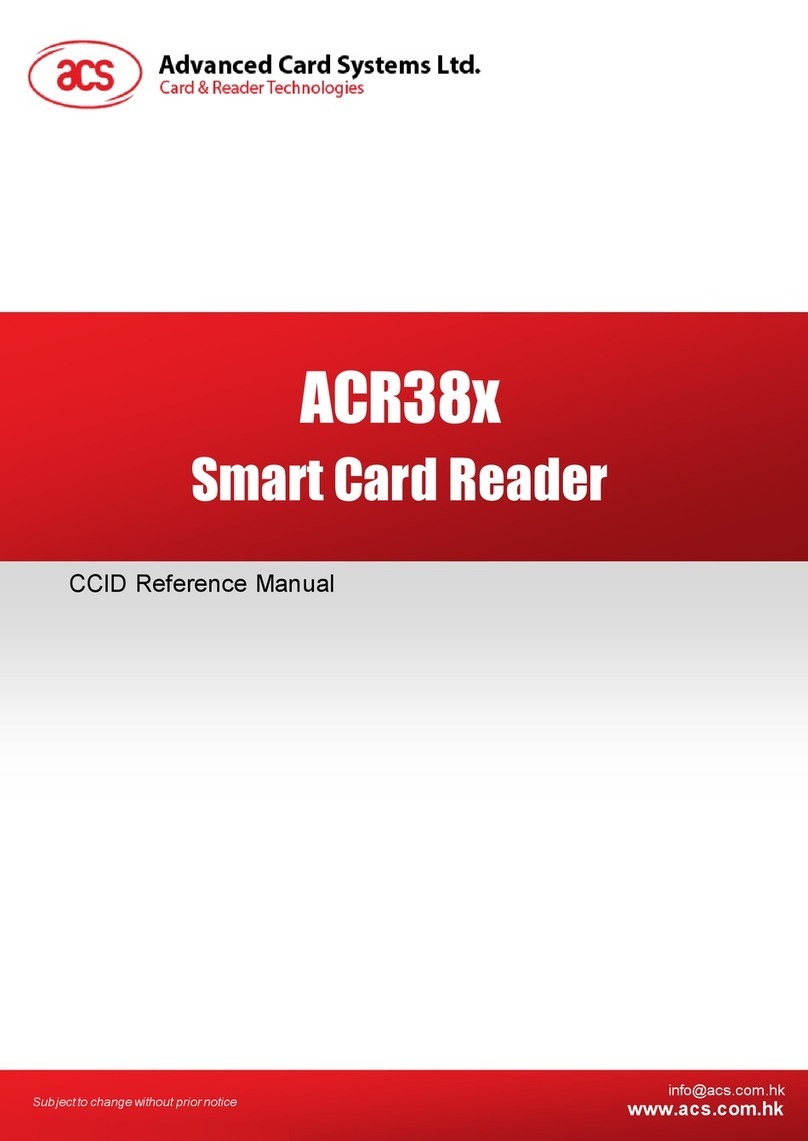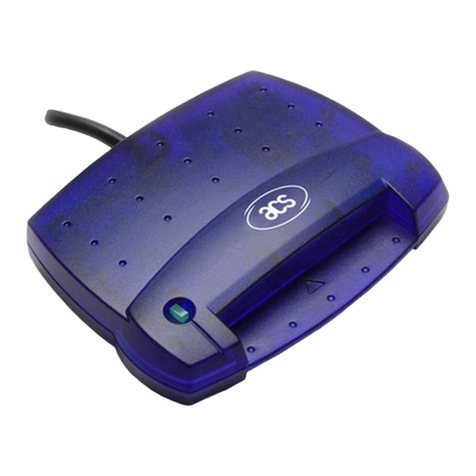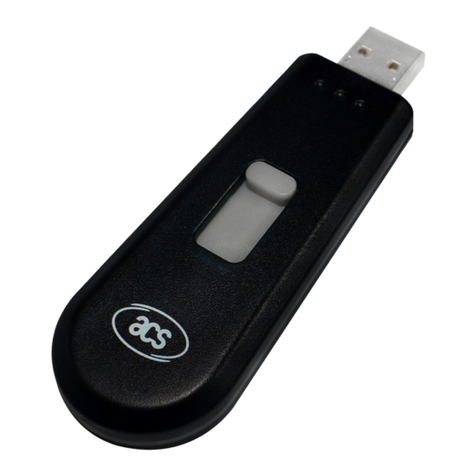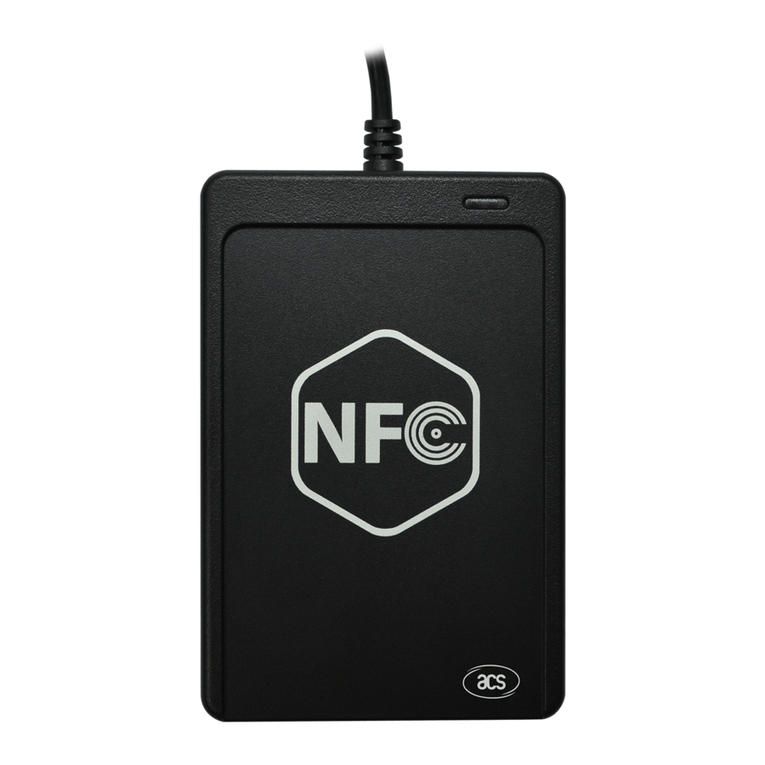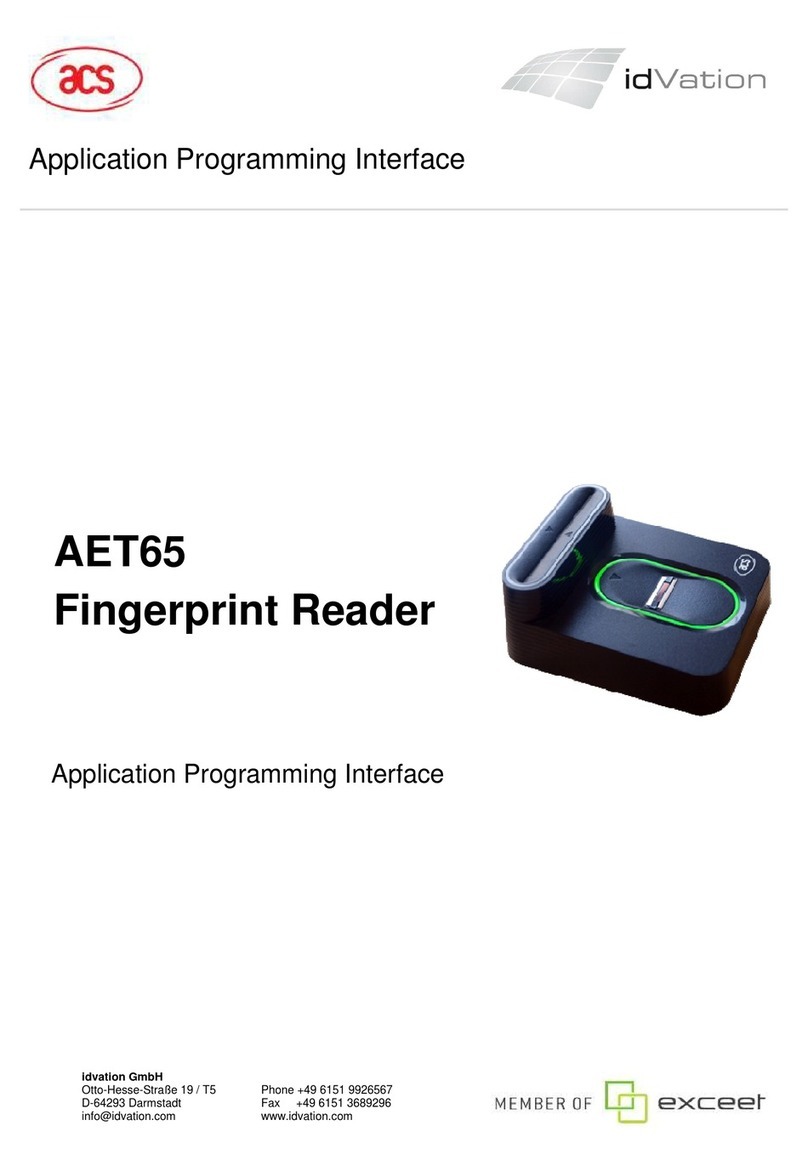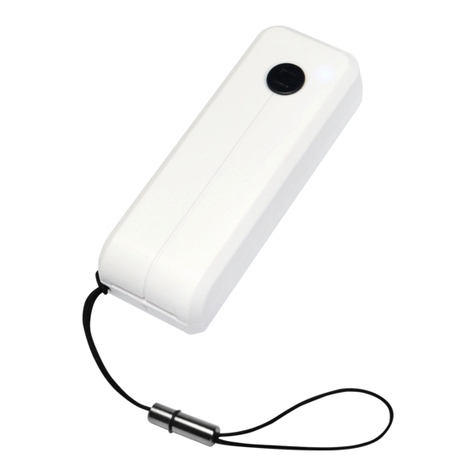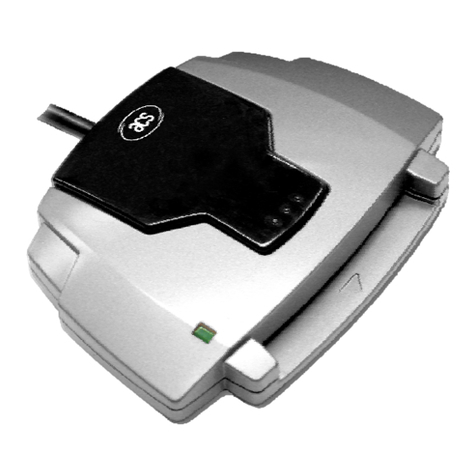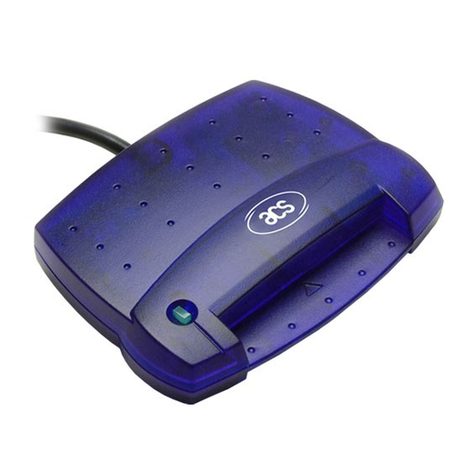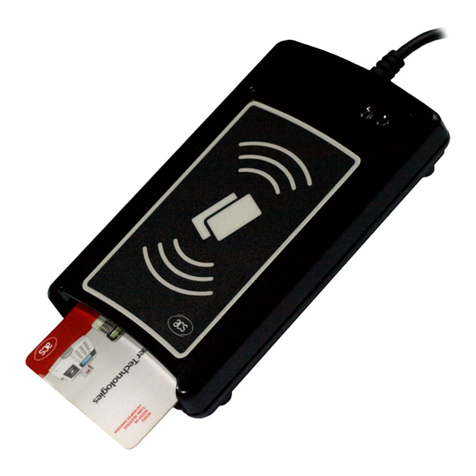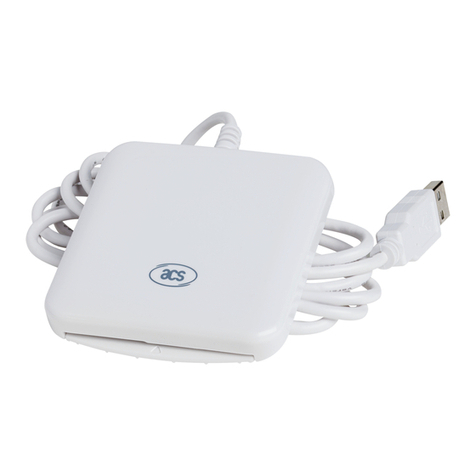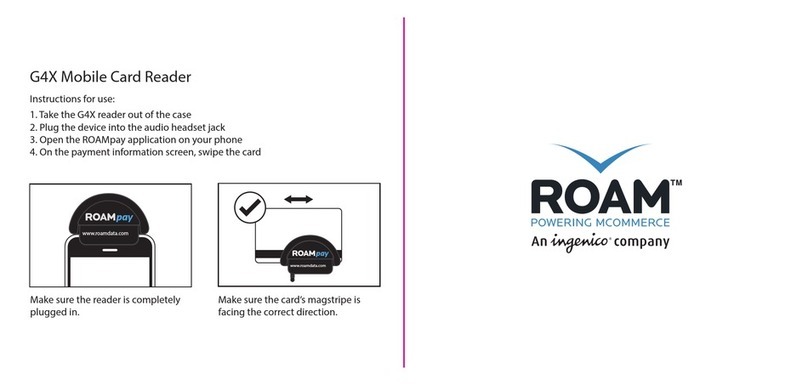
Version 1.03 www.acs.com.hk
Page 2 of 57
Table of Contents
1.0. Introduction ............................................................................................................... 4
2.0. Features ..................................................................................................................... 5
2.1. Serial Interface.......................................................................................................................5
2.2. LCD........................................................................................................................................5
2.3. LEDs ......................................................................................................................................6
2.4. Buzzer....................................................................................................................................6
2.5. SAM Interface ........................................................................................................................6
2.6. Built-in Antenna .....................................................................................................................6
3.0. Communication between the host and contactless interface, SAM and
peripherals............................................................................................................................. 7
4.0. Serial Interface (CCID-like Frame Format) .............................................................. 8
4.1. Protocol Flow Examples ........................................................................................................9
5.0. SAM Interface .......................................................................................................... 11
5.1. Activating the SAM Interface ...............................................................................................11
5.2. Deactivating the SAM Interface ...........................................................................................12
5.3. Exchanging data through the SAM Interface.......................................................................14
6.0. Pseudo-APDUs for contactless interface and peripherals control .................... 17
6.1. Direct Transmit ....................................................................................................................17
6.2. Change Communication Speed...........................................................................................20
6.3. Get firmware version............................................................................................................24
6.4. LCD Display (ASCII Mode) ..................................................................................................25
6.5. LCD Display (GB Mode) ......................................................................................................28
6.6. LCD Display (Graphic Mode)...............................................................................................29
6.7. Scroll Current LCD Display..................................................................................................30
6.8. Pause LCD Scrolling............................................................................................................31
6.9. Stop LCD Scrolling ..............................................................................................................32
6.10. Clear LCD ............................................................................................................................32
6.11. LCD Backlight Control .........................................................................................................32
6.12. LCD Contrast Control ..........................................................................................................33
6.13. LED Enable/Disable.............................................................................................................34
6.14. LED Control .........................................................................................................................34
6.15. LED and Buzzer Control ......................................................................................................35
6.16. Buzzer Control .....................................................................................................................41
6.17. Basic program flow for ISO 14443-4 Type A and B tags.....................................................41
6.18. Basic program flow for Mifare applications..........................................................................43
6.18.1. Handling the value blocks of Mifare 1K/4K tag ...........................................................45
6.18.2. Accessing Mifare Ultralight tags..................................................................................47
6.18.3. Accessing Mifare Ultralight C tags ..............................................................................49
6.19. Basic program flow for FeliCa applications .........................................................................53
6.20. Basic program flow for NFC Forum Type 1 tag applications...............................................54
Appendix A. ACR122 Error Codes.................................................................................. 56
List of Figures
Figure 1 : Communication Flowchart of ACR122L................................................................................. 7
Figure 2 : Character Set A.................................................................................................................... 26
Figure 3 : Character Set B.................................................................................................................... 27
Figure 4 : Character Set C ................................................................................................................... 27
Figure 5 : LCD Display Position ........................................................................................................... 29
